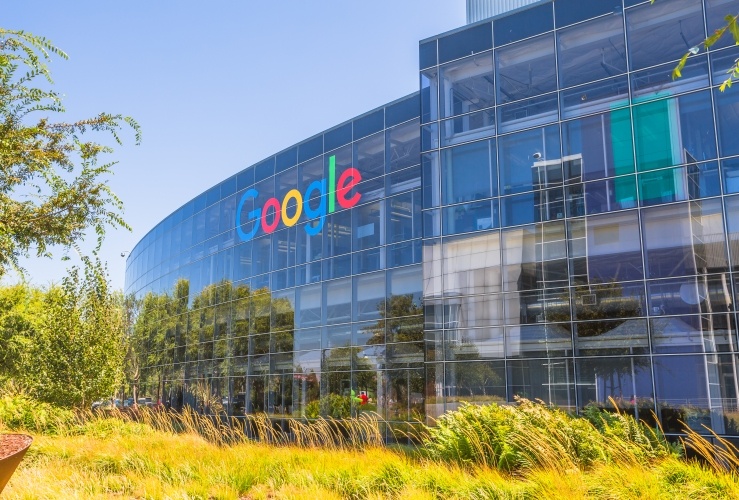
bennymarty/Bigstock.com
Distance, rather than time, will determine the readiness of Google's self driving car. The thrills and spills of real-word driving require these machines to encounter as many obstacles and issues as possible, which is why as many road miles as possible must be covered. And Google are doing pretty well, having recently hit the milestone of two million miles.
Head of Google's self-driving tech, Dmitri Dolgov, gave us the news in a blog post recently. It took the technology giant six years to cover one million miles. The second million? Just 16 months.
Dolgov wrote: "Our cars now have the equivalent of 300 years of human driving experience."
Google’s autonomous driving program started with the relatively easy aspects of driving: the long, simple journeys on quiet roads, before progressing to urban environments. Urban roads demand much more from the self-driving car – which is why much of the testing is being done here now.
It’s not easy teaching a robot to understand how to move in a world with heavy goods vehicles, cyclists, assertive drivers and defensive drivers, but Google is making steady progress.
Their cars still have human drivers on board in case something goes wrong, but these individuals also give feedback on how it feels to be inside what could be the future of motoring: what it feels like to brake, accelerate, change lanes etc., so that, when Google finally role out their much-anticipated vehicle, it will be comfortable and pleasant to ride in. Just think of how much extra work we’ll be able to do on the way to the office!
Hitting two million miles is an important physiological milestone for Google and for motorists, reminding us that the autonomous car is getting closer.




